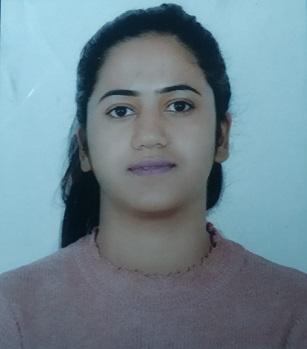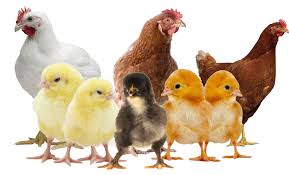Biosecurity, simply means “the safety of living things,” is a program aimed at limiting pathogen entry and transmission into and between farms in order to protect birds from disease-causing organisms. Isolation, traffic control, cleanliness, vaccination, disease serological surveillance, and air quality are all aspects of biosecurity, etc. which will aid in preventing entry and controlling the pathogens in and around the farm. Biosecurity is the cheapest and at the same time most effective means of disease control available without, which no disease prevention programme will work well. It’s a disease-prevention strategy and sanitary practice that can help keep your farm disease-free. Biosecurity is therefore is one of the integrated parts of farm operations.
As the poultry operation becomes more and more efficient, however, they also become a threat to themselves and their neighbors and the concentration of more birds in limited space. Poultry farmers should take time to eliminate as many disease-causing organisms as possible. Therefore, it is better to wait a little longer before introducing a new flock than to hurry and risk the infection of a new flock. The most effective form of protection against disease, especially for poultry under modern production techniques is biosecurity i.e. excluding disease from the farm environment and this holds the key to successful and profitable farming.
Conceptual biosecurity
- It is best to build a farm in an isolated area, at least three km away from the nearest poultry in the case of breeder farm and 1.6 km in the case of commercial layer and broiler farm.
- In the case of breeders, the farm should be away from the major roadways that may be used to transport commercial and backyard poultry.
- Maintain enough distance between breeders and grow-out farms and facilities such as hatcheries and feed mills.
Structural biosecurity
- Fencing of farm perimeter to prevent unwanted visitors.
- Test water source for minerals, bacteria, chemical contamination, and pathogen load.
- Concrete stage with suitable water and power supply for sanitation of vehicles.
- Suitable location for storage of bagged feed.
- All-weather roads within the farm to ease cleaning and to prevent the spreading of microbes by vehicles and footwear.
- Facilities for safe scientific disposal of dead birds.
- Safe housing, with suitable wild birds and rodent proofing.
- Feed, litter, and equipment should be stored in a section separated from the live bird area to prevent contamination.
- A three-metre boundary of land around the building must be kept free of all vegetation to prevent rodent and wildlife activity.
Operational biosecurity
- Operation manuals should be developed for day-to-day activities carried out in feed mills, hatcheries, breeding, and grow-out facilities incorporating emergency plans.
- Proper decontamination and disinfection of equipment, houses, etc., following depletion of the flock.
- In breeder farms, all visitors and workers require to shower and use clean farm clothes to prevent cross contamination between them.
- Maintain records for visitors and their purpose.
- In the case of breeders, no vehicles or equipment should be allowed within the farm area from the time of delivery of the flock until disposal.
- In commercial broiler unit, a minimum inter flock interval of two weeks is recommended.
- Use an effective integrated pest management program to control pest and rodent through biological, chemical, and mechanical means.
- An appropriate program of disease diagnosis and a proper vaccination schedule should be implemented.
- In small-scale egg production unit, follow all-in-all-out system. If it is not possible, pullets should be obtained from a source free of vertically transmitted diseases.
- Recycling of egg packing materials etc. should be decontaminated at the point of entry of the farm.
- Routine disease monitoring procedures like postmortem examination and periodic serum antibody assay to determine the immune status of the flock.
- Regular culling of unhealthy, unproductive and diseased birds.
Conclusion
Biosecurity, medication/ vaccination, and good management of farm are three sides of the disease control triangle. Poultry must be given an environment in which disease and infection is controlled to the point where vaccination and medication achieve beneficial effects. Biosecurity is the key element in the triangle of disease control.

Manisha Sethi
Lecturer, Kullu Institute of Veterinary Pharmacist, Kullu
Hitesh Kumar Bagri, Manoj Sharma, Nadeem Shah
MVSc Scholar (Animal Reproduction and Gynaecology), ICAR-NDRI, Karnal
MVSc Scholar (Livestock Production Management), ICAR-NDRI, Karnal
Ph.D Scholar (Animal Reproduction and Gynaecology), ICAR-NDRI, Karnal















